Cheap Easy 4 D O L L a R Com
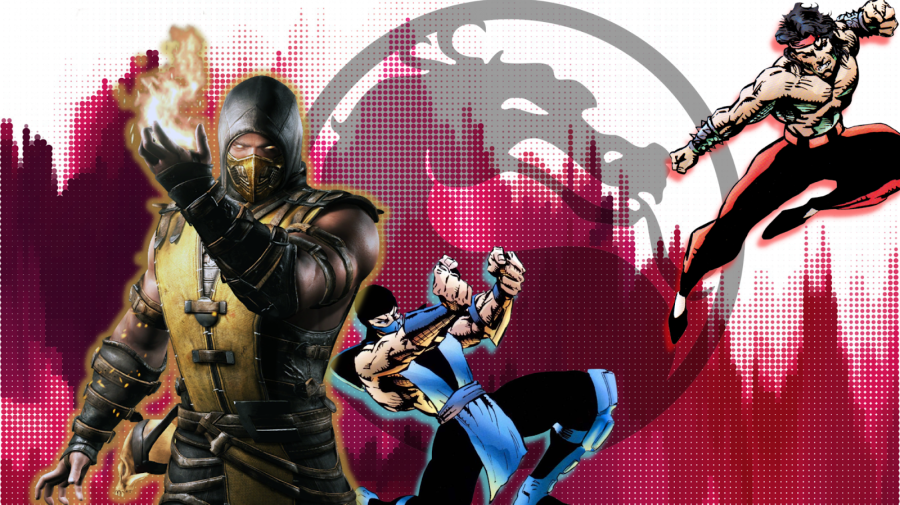
One of the most influential video game series of all time, Mortal Kombat is one of the only franchises to start during the arcade era and continue thriving even now. And, much like the intense fights portrayed in the game, the series doesn't show any signs of slowing down. The IP has spawned tons of sequel and spin-off games, toys, comic books, music and, to put it lightly, extremely bad movies.
But before everyone wanted a piece of Mortal Kombat — or to make their own knock-off fighting game — there was the series' first iteration. In 1992, Mortal Kombat was the game everyone wanted to play. While the game's gore and lore helped it stand out, the signature Mortal Kombat gameplay is what really gives this title 30 years of staying power.
To celebrate Midway Games' fighter franchise, we're taking a closer look at the development of Mortal Kombat — and how it cultivated such a dedicated fanbase. So, "Get over here!"
"Finish Him!" The Gory Realism of Mortal Kombat
The early 1990s marked a golden era for video games. Capcom's Street Fighter II (SFII) introduced more mainstream gamers to extremely complex, combination-based gameplay. The element of timing was so essential in the second iteration of Street Fighter — something that certainly helped set it apart from previous arcade hits, like Karate Champ or Yie-Ar Kung Fu.
While 2D fighting games were an essential genre during the height of arcades' popularity, none of them were all that realistic when it came to portraying combat. In fact, many now-classics featured cartoonish characters and only cursory amounts of gore. (Landing some close-quarters, fierce punches in SFII will cause your opponent to vomit, but that was about as wild as it got.)
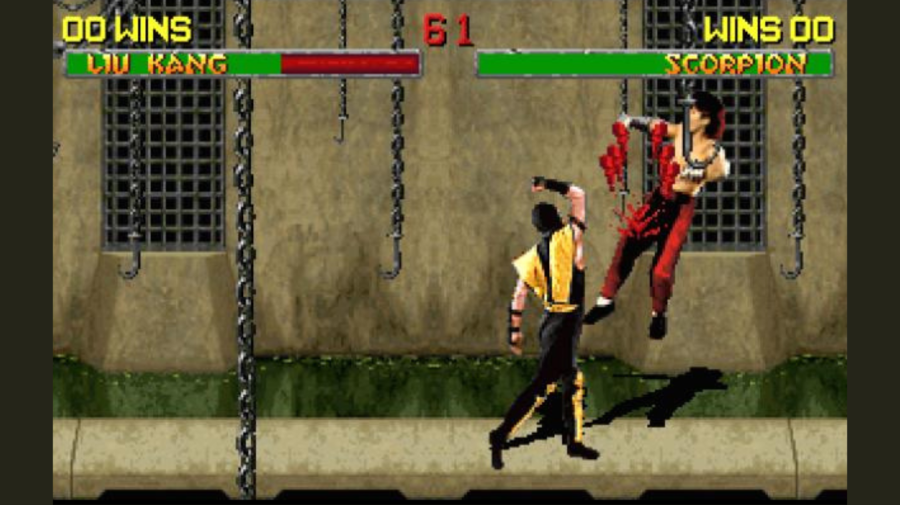
When Mortal Kombat entered the fray it was a uniquely realistic-looking fighter, complete with more believable — that is, bloody — fallout. Instead of featuring cartoon characters, the game's roster was composed of digitized sprites, all of which were based around the moves of live-action actors.
Of course, facilitating this level of graphical prowess with the somewhat limited technology of the '90s came with its trade offs. For starters, all of the characters had the same basic moveset. The ninjas Scorpion and Sub-Zero, meanwhile, identical-looking sprites — save the colors of their outfits. And, perhaps most glaringly, the animation frame rate was also noticeably lower, making the signature Mortal Kombat gameplay less smooth.
Developers understood the trade offs, though, so the gameplay was centered around making every hit an incredibly satisfying experience — complete with crunching bones and copious amounts of blood. Mortal Kombat also included the now-infamous Fatality — a murderous finishing move that the winner of a match could perform on a defeated opponent with a unique, complex series of button presses.
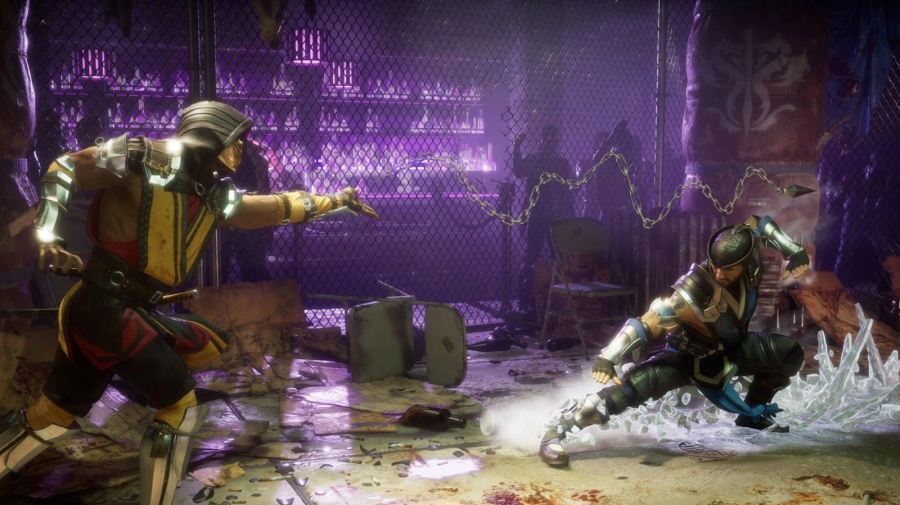
However, that one-two punch of gore and Fatalities drew the attention of federal regulators, who pressured home gaming companies to tone down (or completely remove) these elements from the game. However, this didn't stop a host of video game companies — including Capcom with its Street Fighter — The Movie! Game — from mirroring the bloody Mortal Kombat gameplay and introducing digitized sprites on both home consoles and arcade cabinets.
As video game hardware improved, Midway was able to gradually upgrade its animation quality and expand the characters' move-sets without giving up the game's unique look. Though palette swaps and the rapid-punch-move-that-every-character-has stayed popular, Mortal Kombat II (1993) and subsequent titles began to add in many of the unique series' gameplay staples we know (and love) today, including:
Hidden Characters
Even with the limitations present in the development of the first game in the series, developers were able to invent a new feature that remains a staple of fighting games. Reptile, a palette swap of Scorpion and Sub-Zero, was put into the game as a secret character who could only be unlocked after you achieved a high skill level in the game. In fact, many of the most popular playable characters in later installments actually started out as hidden characters.
Extra Finishing Moves
In response to regulatory pressure (and as a bit of a dig at regulators), Mortal Kombat II and subsequent titles included other ways to finish off an enemy. Don't want to murder your opponent when you K.O. them? Well, you could turn them into a baby (Babality), take a more peaceful route (Friendship) or turn them into an animal (Animality).
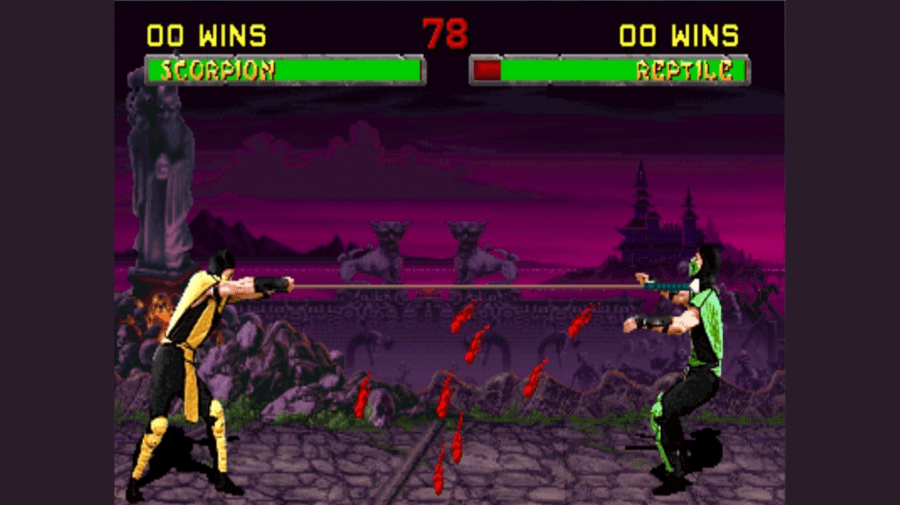
Stage Fatalities
In the original game, the Pit level contained a hidden way to dispose of your enemy after you defeated them. By performing an uppercut — a timed uppercut, that is — you could cause your opponent to fall into a spike-filled pit that's not visible during any other point in the stage. Subsequent games added more elaborate stage fatalities, with the latest in the series even adding interactive stage elements that you can activate mid-fight.
Easter Eggs
The series is famous for weaving lore from its developers into the games. For instance, the "Toasty!" yell and graphic in Mortal Kombat II is developer Dan Forden, and this Easter egg actually stems from a phrase he'd often repeat in the office. Additionally, the character Ermac — short for "error macros" — was placed into the third game in the series after gamers mistakenly thought "ermac," which was in the game's code, referred to a hidden character.
Hidden Games
Developers included Pong (1972) in Mortal Kombat II. A fun little add-on actually spawned a huge trend in the video game industry of putting mini-games into bigger games. A more recent example? Game developer Naughty Dog added a playable Crash Bandicoot (1996) sequence to Uncharted 4: A Thief's End (2016).
Mortal Kombat: A Legacy That Endures After 30 Years
The Mortal Kombat franchise has sold at least 73 million units as of 2021. The Guinness Book of World Records recognizes Mortal Kombat as the "most successful fighting game franchise" of all-time, even though its total sales fall below those of the Street Fighter, Super Smash Bros. and Tekken series. Mortal Kombat, however, has spawned more sales than its competitors for its ancillary products, which include movies, comics, albums, collectibles, toys and more.
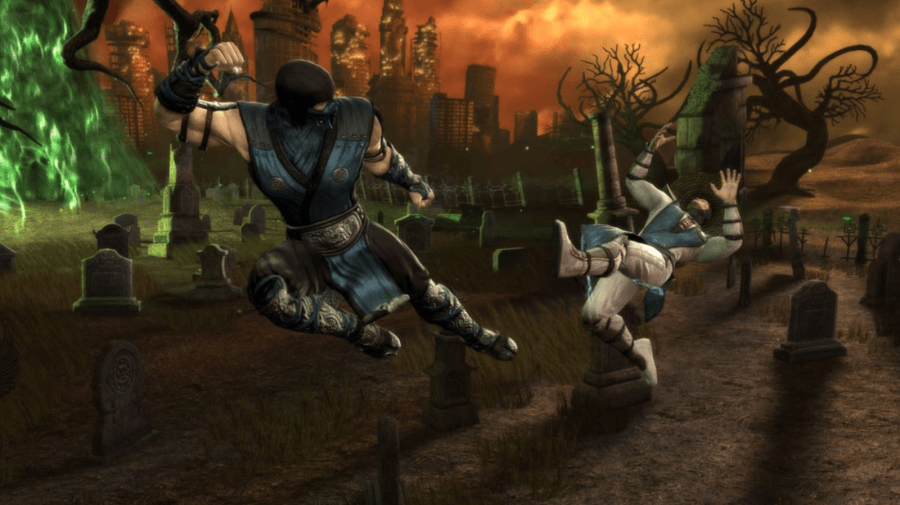
Nearly every major video game publication has recognized the franchise as one of the most successful and influential of all time. Plus, it's responsible for perhaps the highest number of sub-genre knock-offs — you know, purposefully gory fighting games.
Not to mention, the Entertainment Software Rating Board (ESRB) and the Australian Classification Board (ACB) both came into existence in response to the violence and gore in the first game in the series. Now, that's impressive. So, next time you get the chance to play some Mortal Kombat, you may as well "test your might" as so many others have over the last three decades.
Source: https://www.ask.com/culture/mortal-kombat-origins?utm_content=params%3Ao%3D740004%26ad%3DdirN%26qo%3DserpIndex&ueid=e86240dc-dd9b-46af-811e-c8a8ee108a72
0 Response to "Cheap Easy 4 D O L L a R Com"
Mag-post ng isang Komento